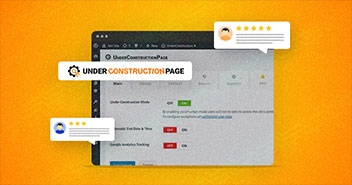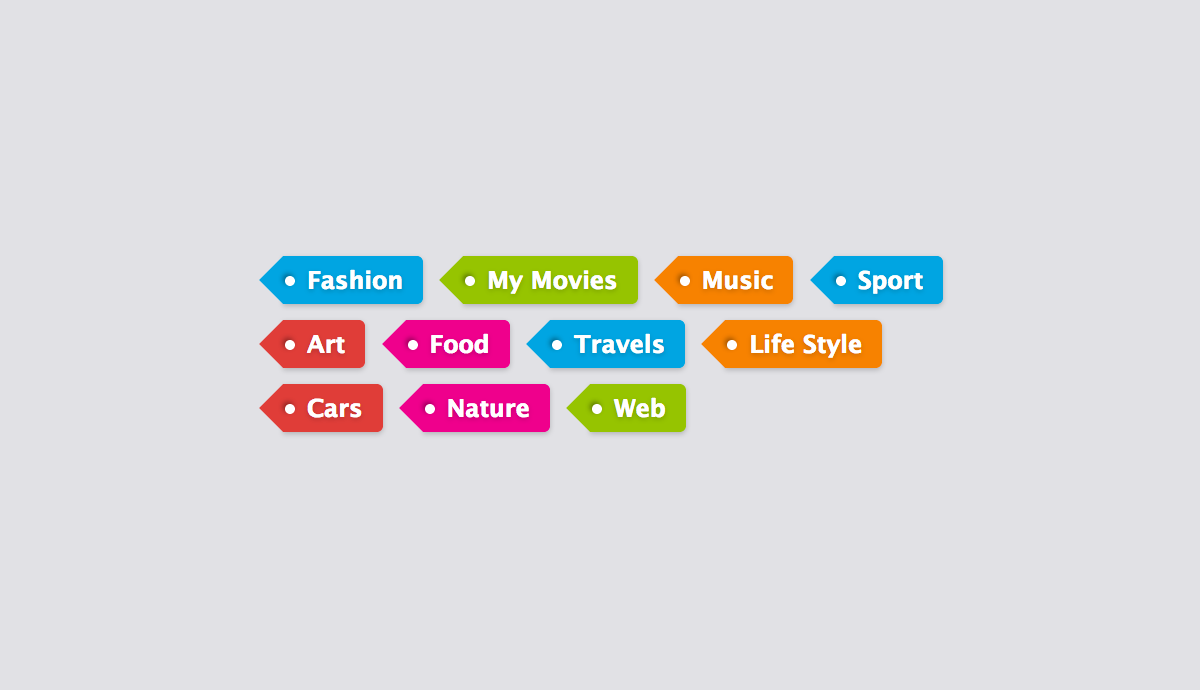Description
Posts are an essential feature of WordPress, and they arose out of the fact that WordPress started life as a blogging platform. Even if you’re using WordPress to run a site that isn’t predominantly a blog, you’ll probably still add some posts to it. These might be blog posts, news items, or updates. WordPress Development Stack Exchange is a question and answer site for WordPress developers and administrators. It only takes a minute to sign up. As for thepost hook, it gets fired (usually) inside the loop it self which is to late to change any thing (like redirect) and its not a filter hook. Remove WordPress.com Ads Collect payments Unlimited Email Support Live Chat Support Earn ad revenue Premium themes Upload videos Google analytics integration Install plugins and extend functionality for your site with access to more than 50,000 WordPress plugins.
Plugin Demo | Documentation | Get Pro

The Post Grid is a fully Responsive & Mobile friendly plugin to display your page/post in Grid, List and Isotope View without any line of coding. It is fast and easy to generate grid from admin end and insert into page/post. You can Display posts by any category(s), tag(s), author(s), keyword(s) also Order posts by Id, Title, Created date, Modified date and Menu order.
By using The Post Grid plugin you can display your post in Grid List & Isotope view in minutes, without any line of Coding…
Features
- Fully responsive and mobile friendly.
- 4 Different Layouts
- Generate Unlimited grid.
- Excerpt limit in word or characters
- User define excerpt ending(… )
- Title and button color control
- Image overlay control
- Custom number of post per page.
- Use posts or pages as the source
- Display posts by any Taxonomy like category(s), tag(s), author(s), keyword(s)
- Order by Id, Title, Created date, Modified date and Menu order.
- Display image size (thumbnail, medium, large, full)
- Isotope filter for any taxonomy ie. categories, tags…
- Query Post with Relation.
- Fields Selection.
- Primary and Button Color control.
- Enable/Disable Pagination.
- Pagination Supported
- Feature image Enable/Disable option
- Widget is added
- Detail page link target control
- Layout preview
4 easy steps to Generate Grid
Step 1) Post Source: Select Post Source then Select the Taxonomy ie category(s), tag(s), author(s), keyword(s) and Select Order by Id, Title, Created date, Modified date and Menu order then set the Terms and Relation.
Step 2) Layout Settings: From the 4 different layouts select which layout you want then Select Number of Columns, pagiantion, Image Size, Image Source and Excerpt limit.
Step 3) Field Selection: You can select which fields you want to display.
Step 4) Style: You can set Primay color and Button Color.
How to use?
From the Editor The Post Grid icon you can easily add into your page or post.
For any bug or suggestion please mail support@radiustheme.com
PRO Features

- Fully responsive and mobile friendly.
- 55 Different Layouts
- Even and Masonry Grid.
- WooCommerce supported.
- Custom Post Type Supported
- Display posts by any Taxonomy like category(s), tag(s), author(s), keyword(s), Status and Date Range
- Order by Id, Title, Created date, Modified date, Random, Comments Count and Menu order.
- Custom Image Size added
- Private layout
- Isotope filter for any taxonomy ie. categories, tags…
- Search field on Isotope.
- Set Default Isotope Filter Button.
- Disable Show All Button for Isotope Filter.
- Popup page Fields Selection.
- Default image set option in Shortcode generator settings.
- All Text color, size and Button Color control.
- Overlay color and opacity.
- AJAX Pagination (Number, Load more and Load on Scrolling))
- Single popup and Popup with next preview.
- Social Share on popup.
- Override default page template (Category, Tag, Search)
For any bug or suggestion please mail support@radiustheme.com
Blocks
This plugin provides 1 block.
- The Post Grid

Installation
Using The WordPress Dashboard
- Navigate to the ‘Add New’ in the plugins dashboard
- Search for ‘The Post Grid’
- Click ‘Install Now’
- Activate the plugin on the Plugin dashboard
Uploading in WordPress Dashboard
- Navigate to the ‘Add New’ in the plugins dashboard
- Navigate to the ‘Upload’ area
- Select
the-post-grid.zipfrom your computer - Click ‘Install Now’
- Activate the plugin in the Plugin dashboard
Using FTP
- Download
the-post-grid.zip - Extract the
the-post-griddirectory to your computer - Upload the
the-post-griddirectory to the/wp-content/plugins/directory - Activate the plugin in the Plugin dashboard
FAQ
How to Use Post Grid
- Go to
The Post Grid > Add New Grid - Go to page or post editor click The post grid Shortcode button and select a shortcode from dropdown list and insert shortcode.
Need Any Help?
- Please mail us at
support@radiustheme.com - We provide
15 hours live support
Reviews
Topics
- Default Statuses
Posts in WordPress can have one of a number of statuses. The status of a given post determines how WordPress handles that post. For instance, public posts viewable by everyone are assigned the publish status, while drafts are assigned the draft status. The status is stored in the post_status field in the wp_posts table.
WordPress provides 8 built-in statuses you can use. WordPress 3.0 gave you the capability to add your own custom post status and to use it in different ways.
Workflow Workflow
WordPress provides built-in features that empower some users (based on their Roles and Capabilities) to review content submitted to the website before it is published. This is commonly called “workflow.” WordPress’s workflow features rely on the value of a post’s post_status field to know which step in the workflow process the post is currently held in.
Most users are already familiar with at least two workflow states:
- Posts that are published and visible to everyone (including users who are logged out) are given the
publishstatus. - Drafts that are not yet published are assigned the
draftstatus.
Internally, WordPress sets the post status to publish when you click the “Publish” button, and WordPress sets the post status to draft when you click the “Save Draft” button. Similarly, if your website has users granted the edit_posts capability but not the publish_posts capability, then when those users start writing a new post, WordPress will display a “Submit for Review” button instead of a “Publish” button. Likewise, WordPress then assigns the post that user created the pending status when they press that button.
The status of a post can also be set in the Administration Screen and Add New Posts Screen by any user with the capability needed to assign the post to the given status. Internally, all of these posts are stored in the same place (the wp_posts table), and are differentiated by a column called post_status.
Default Statuses Default Statuses
There are 8 major post statuses that WordPress uses by default.

Publish Publish
Viewable by everyone. (publish)
Future Future
Scheduled to be published in a future date. (future)
Draft Draft
Incomplete post viewable by anyone with proper user role. (draft)
Pending Pending
Awaiting a user with the publish_posts capability (typically a user assigned the Editor role) to publish. (pending)
Private Private
Viewable only to WordPress users at Administrator level. (private)
Trash Trash
Posts in the Trash are assigned the trash status. (trash)
Auto-Draft Auto-Draft
Revisions that WordPress saves automatically while you are editing. (auto-draft)
Inherit Inherit
Wordpress The_post Function
Used with a child post (such as Attachments and Revisions) to determine the actual status from the parent post. (inherit)
Custom Status Custom Status
NOTICE:This function does NOT add the registered post status to the Administration Screen. This functionality is pending future development. Please refer to Trac Ticket #12706.Consider the action hook post_submitbox_misc_actions for adding this parameter.
A Custom Status is a Post Status you define.
Adding a custom status to WordPress is done via the register_post_status() function. This function allows you to define the post status and how it operates within WordPress.
Here’s a basic example of adding a custom post status called “Unread”:
Resources Resources
Wordpress The_posts_pagination
Related Related
Wordpress The_post_navigation
Code Documentation Code Documentation
Wordpress Add Posts To Page
- Function: get_post_status() – Retrieve the post status based on the Post ID.
